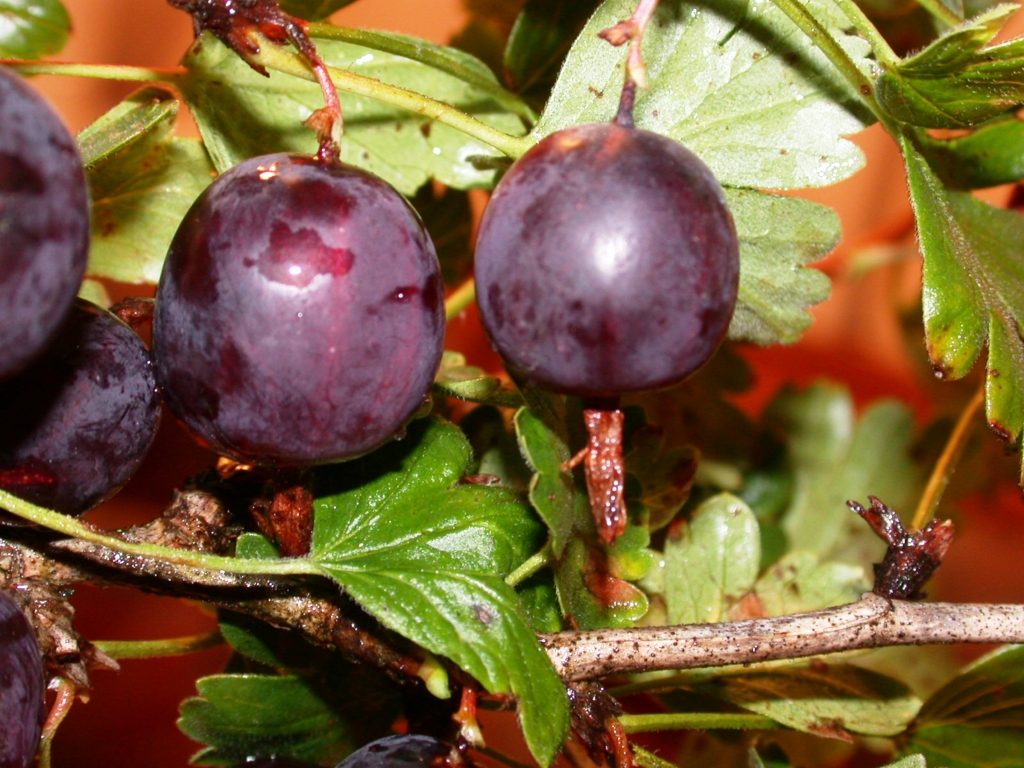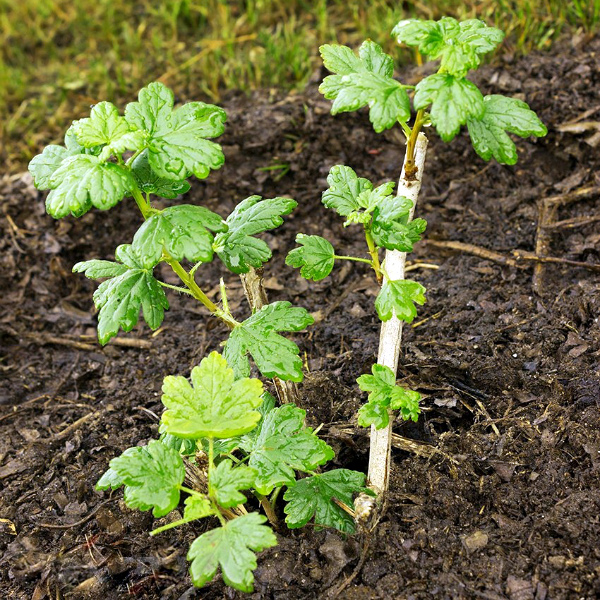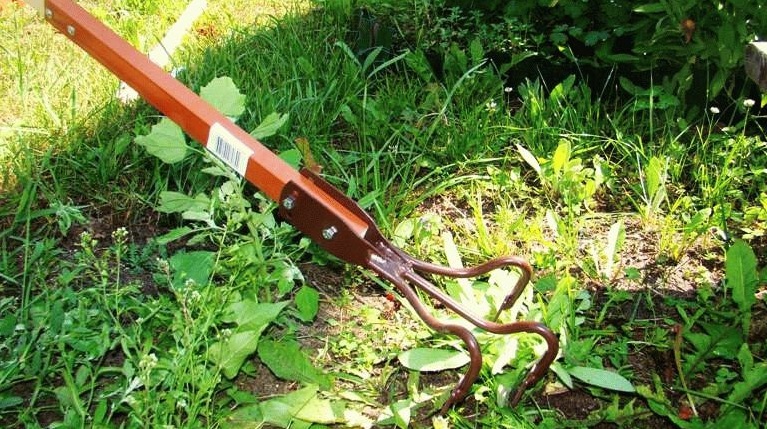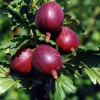Gooseberry variety "Northern Captain": description and cultivation
Content
Description
The gooseberry has a medium-late ripening period, a vigorous shrub with spreading branches. Leaves are usually bright green with red edging, large in size. The fruits are round-oval in shape, dark in color, and when ripe, do not fall off and hold well on the branches. Their weight is about 4 grams.
As for the taste characteristics, it should be noted that the variety is slightly sour, but mostly sweet and refreshing. All varieties tolerate winter and cold well. Shrubs are resistant to pests and various diseases.
Video "Description"
From the video you will learn a description of the North Captain gooseberry variety.
Beneficial features
In addition to being a delicious fruit, gooseberries have medicinal and beneficial qualities.
The variety is used for anemia, to normalize bowel function and excretion of bile. In addition, it has the ability to relieve puffiness.
It contains about 14% sugar, organic acids, tannins, pectins, trace elements and vitamins are also present.
To normalize metabolic processes, they use juice from ripe fruits, previously thoroughly wiped and diluted with water in a ratio of 1: 2. In addition, this drink perfectly refreshes and tones up.
If there are prescriptions for problems and delayed bowel movements, this variety of berries will be very useful. Gooseberries are also recommended for people with bladder and kidney problems.
Regular use of this variety helps to cleanse the body of excess salts of heavy metals, radionuclides.
The fruit contains seratonin, which has anti-tumor properties.
The fruits can be eaten fresh, as well as compotes, jams, marmalade, juice.
Seat selection
It is worth noting that the gooseberry is a self-fertile plant and is pollinated by the pollen of its own flowers. In good and favorable conditions, the shrub gives excellent productivity and is able to bear fruit for about 20 years.
Gooseberries love a well-lit area, this is important for tasty, sweet fruits. If the shrub has little light, its fruits become small and the yield itself is sharply reduced.
Too moist soil for planting will also not work. So, the neck of the bush can simply rot. Accordingly, this will lead to the death of the plant. It is best to avoid wetlands and soils with close surface water tables. In heavy clay soil, this variety may not take root.
Landing
A shrub can be planted in a permanent place in the autumn and in the spring. If the procedure is carried out in the spring, then it is necessary to have time to complete the process from the period of thawing of the soil to the swelling of the buds. If you are late with planting, then there is a chance that the plant will not take root.
Given this fact, gardeners prefer to plant gooseberries in the fall. The event is held a month or one and a half before the onset of frost. During this period, young roots will appear and the plant will take root.
When planting the captain variety, you should maintain the distance between adjacent bushes, from one to two meters, depending on the size.The size of the planting pit also depends on the size of the shrub. If the plant is 1-2 years old, then a trench half a meter deep can be used.
After disembarkation, fertilizers are applied to the pit. Most often it is a mixture of rotted organic matter, ash, double superphosphate and potassium sulfide.
It is important to remove dried roots and cut off the tops on the branches before planting. About 5 buds are left on each of the shoots of this northern variety. In the pit itself, gooseberries are planted at an angle. The earth is poured into the trench and carefully tamped. This process prevents the formation of voids, which will further save the plant from decay. At the end of all work, abundant watering is carried out.
Care
One of the steps in proper shrub care is soil cultivation in order to get a well-developing bush and a rich harvest. The earth should be loosened and dug up. If the soil is dense, then such an event is carried out with a shovel, if loose, then it is enough to process it with a garden pitchfork.
Along the perimeter of the crown, the depth of loosening should be no more than 7 cm, since the root system is located close enough to the surface. A little further away, you can apply drastic measures for digging.
It is important to remove the weed to prevent moisture build-up on the lower parts of the shrub and ruin the Captain variety.
Gooseberries should be fed regularly, for this they use the following set: 10 kg of rotted manure or compost (green mass and fallen leaves); 80 g superphosphate; 40 g of saltpeter; 20 g of potassium chloride.
Fertilizer is applied twice a year:
- the first time - after flowering, for better shoot development and good yield;
- the second time - after harvest, to prepare the ripening of the buds for the next year.
Pruning
An important stage in the normal development of gooseberries is the formation of bushes. Special pruning is carried out, and in the first years to create the basis of the plant (perennial branches are shortened by half), and four years later to prevent and eliminate thickening.
Diseased, weak, dried branches are also cut off. The main crop is formed on branches that are three to six years old.
Breeding a gooseberry of this variety does not take an enormous amount of time and, in its essence, the plant is very unpretentious, the main thing is to adhere to the description of its cultivation. But in return, you get a lot of tasty and healthy fruits of the Northern Captain variety.
Cropping Video
From the video you will learn how to properly trim gooseberries.



